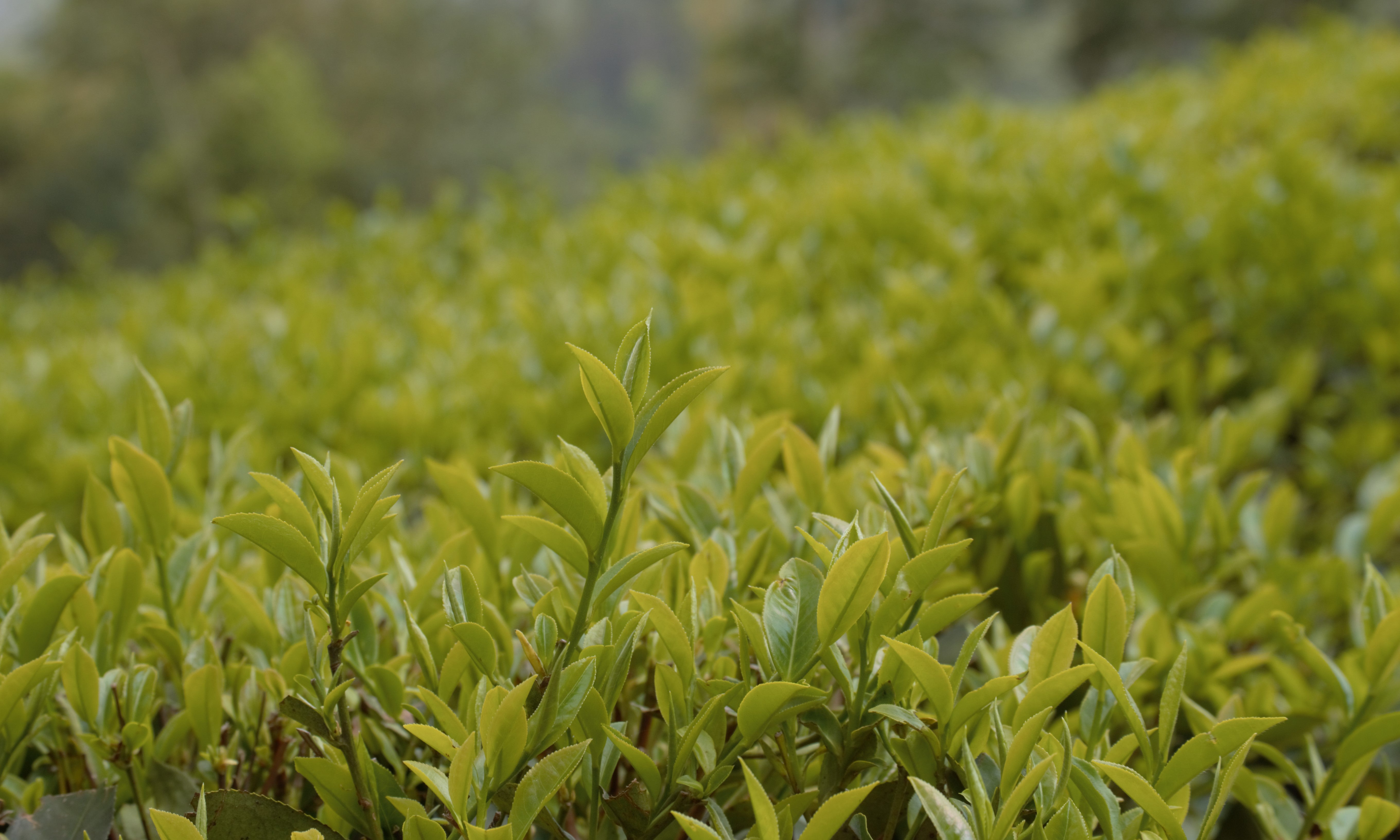Tea, that ancient elixir, dances through the seasons, revealing its diverse flavors in different flushes. From the tender buds of spring to the robust leaves of summer, each flush brings a unique character to the cup. Let’s explore the enchanting world of tea flushes, including their significance, flavors, and the dormant stage that shapes the tea plant’s journey.
-
First Flush: Spring’s Delicate Prelude
-
What is First Flush?
- The first flush marks the beginning of the tea harvest, usually in late winter or early spring.
- These young leaves and buds are prized for their delicacy and freshness.
- First flush teas are often considered the best and are sometimes the most expensive. First flush teas are often used to make specialty teas.
-
Flavor Profile:
- Light and Floral: First flush teas offer delicate, floral notes.
- Bright Liquor: The infusion is pale and vibrant.
-
Second Flush: Summer’s Bold Overture
-
When Does Second Flush Occur?
- The second flush arrives in June or July, also known as the Summer Flush.
- Leaves mature further, yielding bolder flavors.
-
Flavor Profile:
- Malty and Full-Bodied: Second flush teas exhibit more robust character.
- Amber Liquor: The infusion deepens in color.
-
Monsoon Flush: Rain’s Whisper
-
Monsoon Flush Timing:
- July to Early October: The monsoon flush bridges the gap between summer and autumn.
- Rainfall nourishes the tea plants, influencing leaf growth.
-
Flavor Profile:
- Earthy and Mellow: Monsoon flush teas have a distinct earthiness.
- Medium Liquor: The infusion balances strength and subtlety.
-
Third Flush: Autumn’s Golden Farewell
-
Autumn Flush Season:
- Early October to Mid-November: As autumn approaches, the third flush emerges.
- Leaves mature further, preparing for dormancy.
-
Flavor Profile:
- Rich and Woody: Autumn flush teas develop woody and nutty notes.
- Coppery Liquor: The infusion takes on warm hues.
-
Dormant Stage: Tea’s Winter Slumber
-
Why Dormancy Matters:
- During winter, tea plants enter a dormant state.
- Growth slows, and leaves become less productive.
- This period allows the plant to conserve energy and prepare for spring growth.
-
Importance of Pruning:
- Pruning during dormancy shapes the tea plant.
- It removes old leaves, encourages new shoots, and maintains vigor.
FAQs: Unraveling Tea Plant Mysteries
- Q: How does the dormant stage impact tea quality?
- A: Dormancy allows the plant to rest and rejuvenate, ensuring better spring growth.
- Q: Can I harvest tea during dormancy?
- A: Dormant leaves are less flavorful; wait for spring flush.
- Q: Why is second flush tea bolder?
- A: Longer leaf maturity contributes to richer flavors.
- Q: Is monsoon flush affected by rain?
- A: Yes, rain influences leaf growth and flavor.
- Q: How long does dormancy last?
- A: Typically several weeks to a few months.
- Q: Why is pruning essential during dormancy?
- A: Pruning maintains plant health and prepares for new growth.
- Q: Can I brew tea from dormant leaves?
- A: Dormant leaves lack flavor; wait for spring harvest.
- Q: What’s the role of dormancy in tea plant longevity?
- A: Dormancy helps tea plants survive harsh conditions and live longer.
- Q: Can I propagate tea plants during dormancy?
- A: Yes, but it’s best done before dormancy begins.
- Q: How does dormancy affect caffeine content?
- A: Caffeine levels decrease during dormancy.
- Q: How many seasons does Nepal Tea production have?
- Nepali Tea has 4 main seasons.




